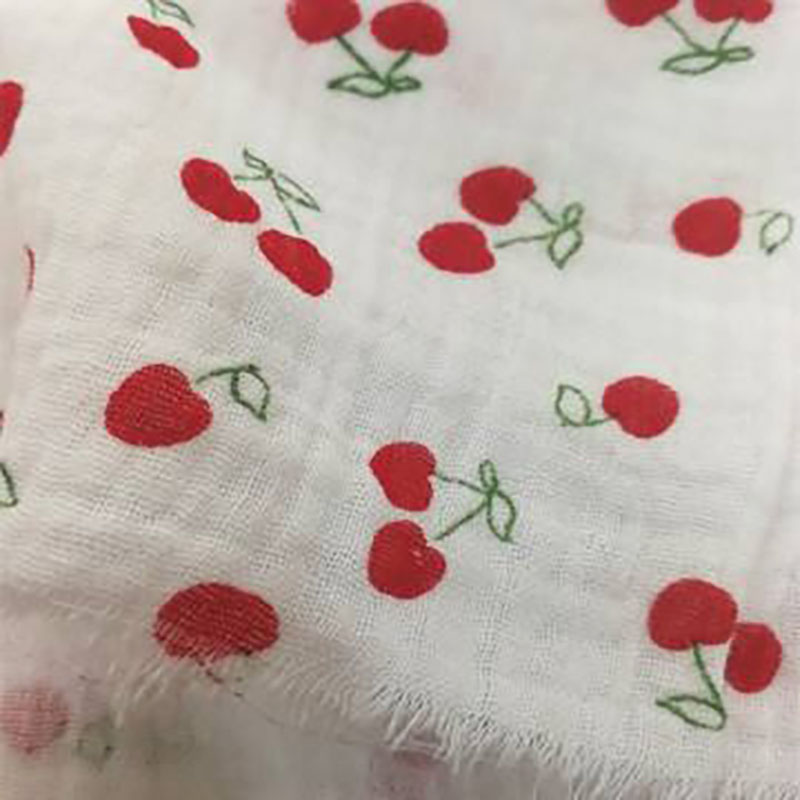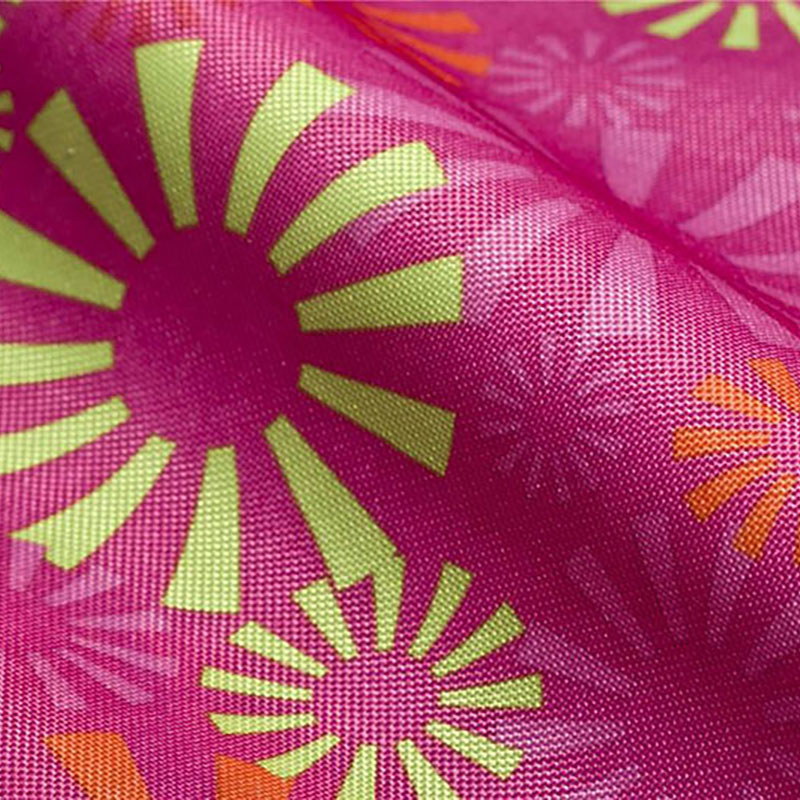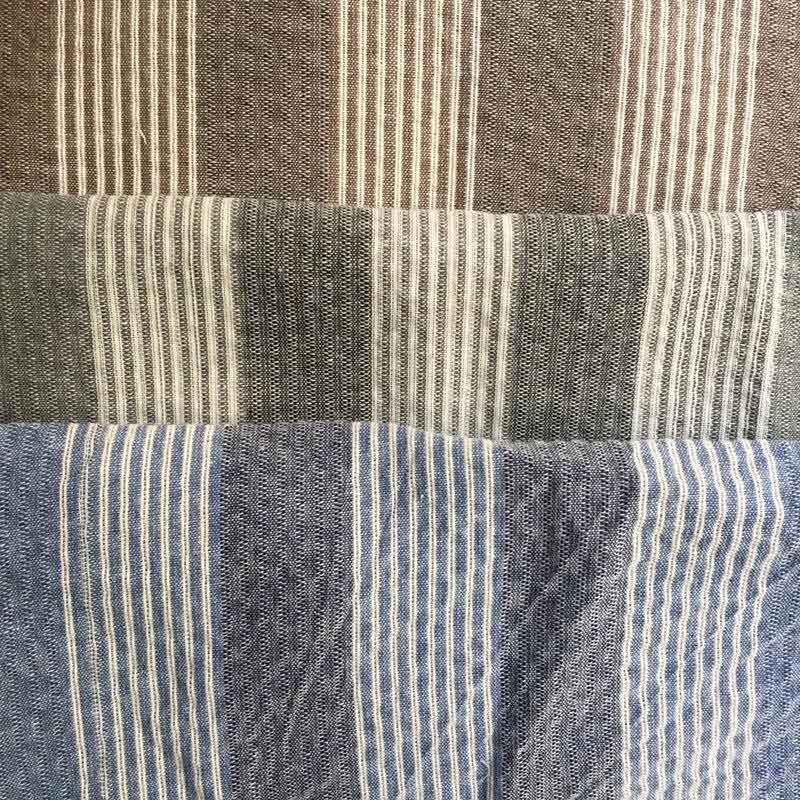As the sportswear industry continues to evolve, fabric innovation plays a crucial role in enhancing performance and sustainability. In this report, I explore the significant trends shaping fabric development from recent years to the present, focusing on the technologies and materials that define modern activewear.
In the early stages of the century, functional fabrics began to emerge. Polyester and nylon dominated the scene, offering durability while ensuring moisture-wicking properties. Brands started integrating advanced weaving techniques to enhance fabric breathability.

By the mid-2010s, sustainability became a pivotal theme in sportswear. Brands like Patagonia and Nike began advocating for recycled materials. Innovative fabrics made from plastic bottles or organic cotton started gaining traction, appealing to environmentally conscious consumers.

Recent years have seen the rise of smart fabrics that incorporate technology to enhance performance. These fabrics can monitor body temperature and hydration levels, providing real-time feedback to athletes. Leading brands are investing in R&D to integrate wearable technology seamlessly into activewear.

Current innovations center around the dual goals of enhancing performance while maintaining comfort. Fabrics are being engineered to provide four-way stretch, UV protection, and enhanced moisture management, critical for high-performance athletes. Brands continue to push the envelope with features that adapt to various athletic needs.

The trajectory of fabric innovation in the sportswear industry reveals a strong link between technological advancements and sustainability. As we move forward, it is clear that the integration of eco-friendly materials alongside smart technologies will define the future landscape of activewear. Brands that embrace this trend will not only meet consumer demands but also contribute positively to the environment.

